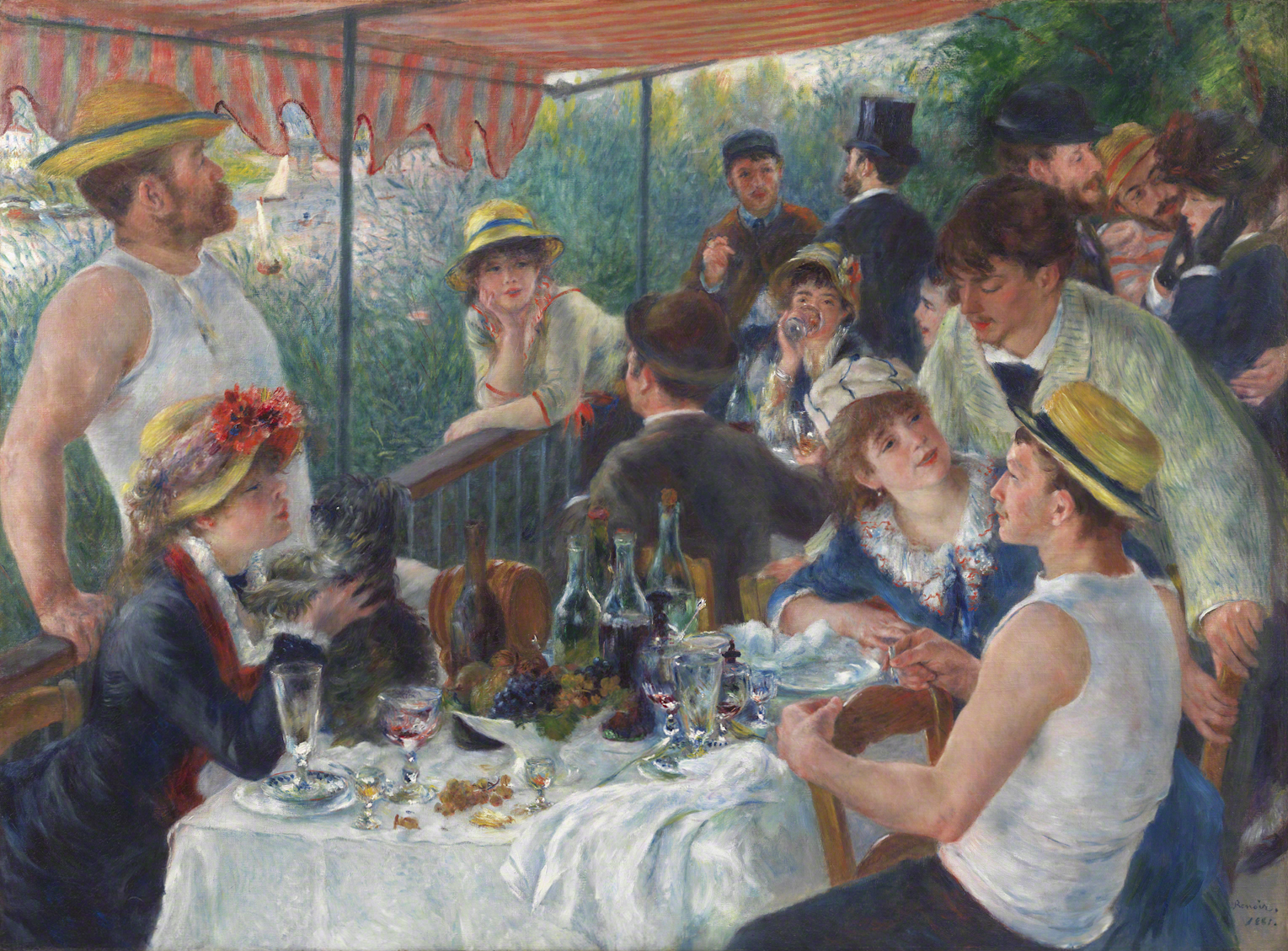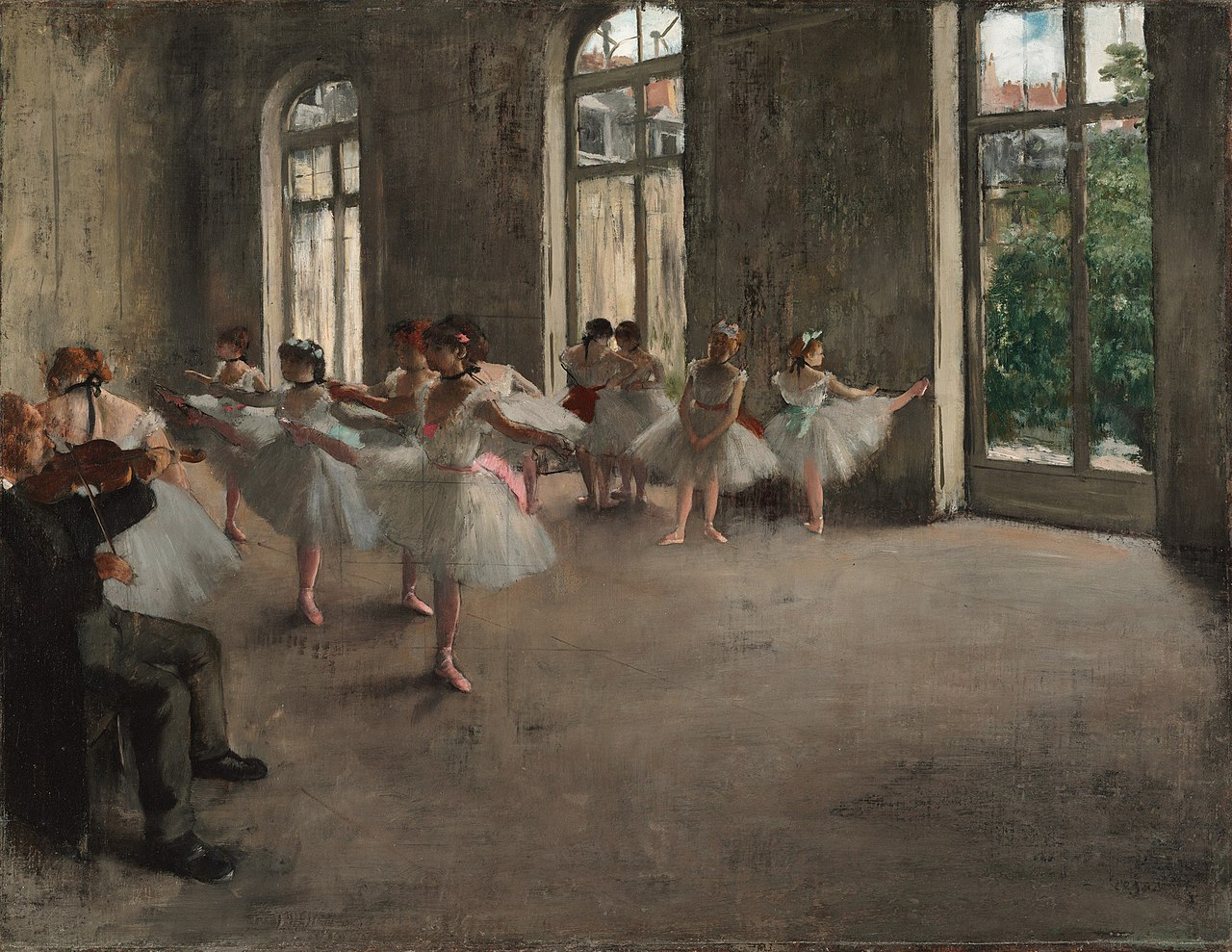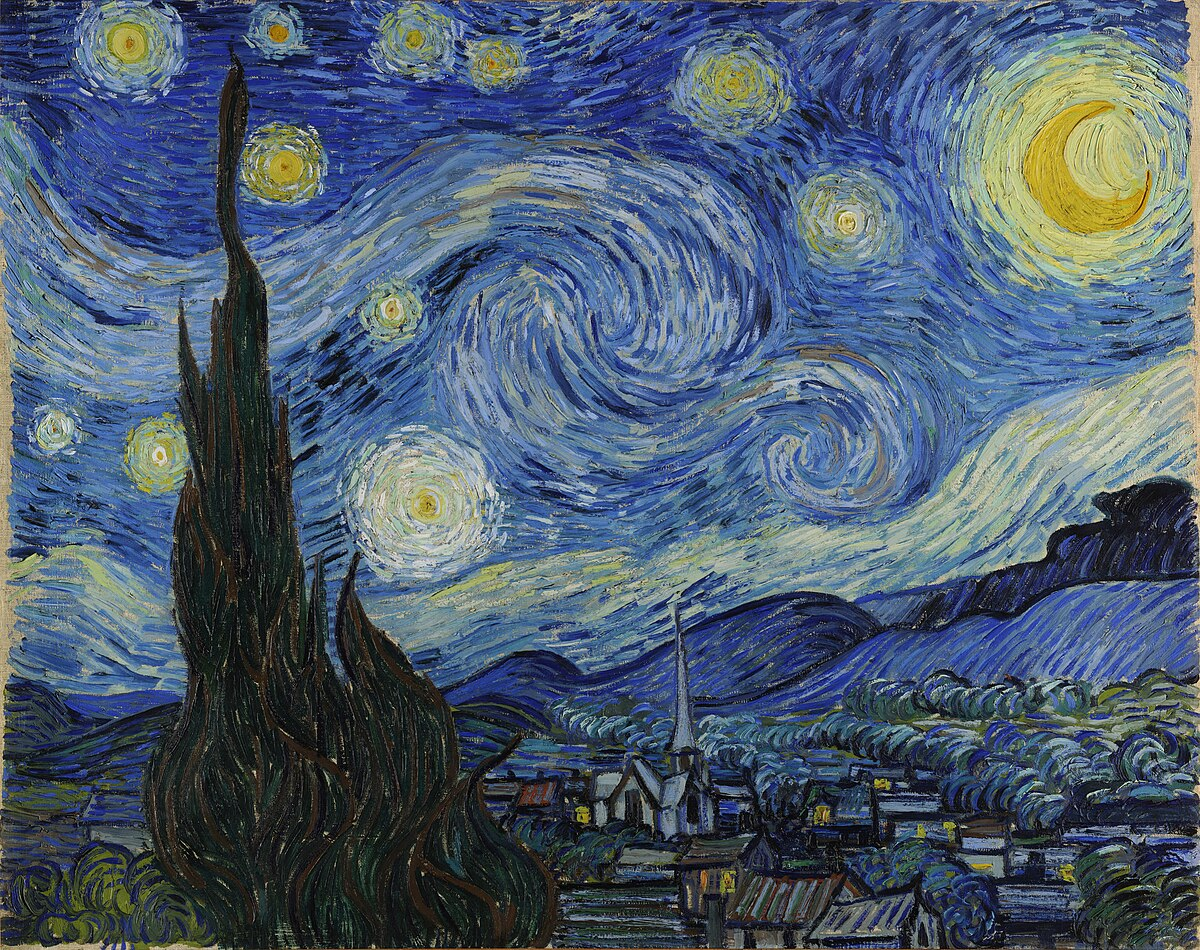The Revolutionary World of Impressionist Artists and Oil Paint
The Impressionist movement, emerging in the late 19th century, revolutionized the art world with its radical departure from traditional painting techniques. This artistic revolution would forever change how we perceive and create art.
Origins and Historical Context
The Impressionist movement emerged in Paris during the 1860s as a bold rebellion against the conservative art establishment. Here's how this revolutionary movement transformed the art world:
| Traditional Academic Art | Impressionist Innovation |
|---|---|
| Historical and mythological scenes | Contemporary life and everyday moments |
| Studio-based painting | Outdoor (en plein air) painting |
| Dark, muted color palettes | Vibrant, pure colors |
| Smooth, polished surfaces | Visible brushstrokes and texture |
The official Paris Salon, which controlled artists' careers through its annual exhibition, faced its first serious challenge when a group of young painters began experimenting with radical new techniques. As Claude Monet later recalled:
"We were forced to paint the way we did... we couldn't go back to the old ways of seeing things. Nature and light had shown us a different path."
Revolutionary Characteristics of Impressionism
- Light and Atmosphere
- Captured the effects of natural daylight at different times
- Emphasized the play of shadows and reflections
- Explored atmospheric conditions like fog, rain, and snow
- Technical Innovations
- Developed broken brushwork technique
- Used pure colors straight from the tube
- Created optical mixing through adjacent complementary colors
- Subject Matter
- Urban scenes: cafés, boulevards, and railway stations
- Rural landscapes: fields, rivers, and gardens
- Leisure activities: boating, picnics, and promenades
Masters of Impressionism and Their Unique Styles
Claude Monet (1840-1926)
| Signature Style | Mastery of light and atmospheric effects |
|---|---|
| Famous Series | Water Lilies (1914-1926), Haystacks (1890-1891), Rouen Cathedral (1892-1894) |
| Technical Innovation | Pure color application, small brushstrokes, optical mixing |
| Preferred Subjects | Gardens, landscapes, urban scenes, water reflections |
"For me, a landscape does not exist in its own right, since its appearance changes at every moment." - Claude Monet

Pierre-Auguste Renoir (1841-1919)
Renoir's distinctive approach to Impressionism centered on human joy and beauty:
- Signature Characteristics
- Luminous, pearlescent flesh tones
- Feathery, sensuous brushwork
- Rich, saturated colors
- Notable Works
- "Luncheon of the Boating Party" (1880-1881)
- "Dance at the Moulin de la Galette" (1876)
- "The Umbrellas" (1881-1886)

Edgar Degas (1834-1917)
Key Contributions to Art:
- Revolutionary Compositions
- Asymmetrical framing influenced by Japanese prints
- Dramatic cropping and unusual viewpoints
- Complex spatial arrangements
Signature Subjects: Ballet rehearsals, horse races, café scenes, and intimate portraits of women bathing.

Vincent van Gogh (1853-1890)
Though traditionally classified as Post-Impressionist, van Gogh's work shows clear Impressionist influences:
| Artistic Period | Major Works | Technical Innovation |
|---|---|---|
| Early (1881-1885) | "The Potato Eaters" | Dark palette, heavy brushwork |
| Paris (1886-1888) | "Self-Portraits", "Sunflowers" | Impressionist influence, lighter palette |
| Arles (1888-1889) | "The Yellow House", "Café Terrace at Night" | Bold colors, expressive brushstrokes |
| Saint-Rémy (1889-1890) | "The Starry Night", "Irises" | Swirling patterns, emotional intensity |
"I dream of painting and then I paint my dream." - Vincent van Gogh

Technical Innovations in Oil Paint Usage
The Impressionists transformed oil painting through groundbreaking technical innovations that revolutionized the art world:
| Innovation | Traditional Method | Impressionist Approach | Impact |
|---|---|---|---|
| Canvas Preparation | Dark underpainting | White or light-colored ground | Enhanced luminosity and color vibrancy |
| Pigments | Earth tones, limited palette | New synthetic colors (chrome yellow, cobalt blue) | Unprecedented color brilliance |
| Paint Application | Careful blending | Wet-on-wet technique | Spontaneous, vibrant effects |
Key Technical Developments:
- Portable Equipment Revolution
- Collapsible easels enabled true outdoor painting
- Metal paint tubes (invented 1841) allowed paint transport
- New palette designs for managing fresh paint outdoors
- Color Theory Applications
- Optical mixing through distinct brushstrokes
- Complementary color juxtaposition
- Shadow colors incorporating reflected light
"When you go out to paint, try to forget what objects you have before you, a tree, a house, a field or whatever. Merely think here is a little square of blue, here an oblong of pink, here a streak of yellow, and paint it just as it looks to you, the exact color and shape." - Claude Monet
- Brushwork Innovations
- Comma-shaped touches (virgules) for texture
- Varied brush sizes for different effects
- Impasto technique for catching light
- Dry brush scumbling for atmospheric effects
Legacy and Influence
The revolutionary impact of Impressionism continues to shape the art world in profound and measurable ways:
Impact on Modern Art Movements
| Movement | Time Period | Key Impressionist Influence |
|---|---|---|
| Post-Impressionism | 1886-1905 | Built on color theory and emotional expression |
| Fauvism | 1905-1910 | Adopted pure color usage and bold brushwork |
| Abstract Expressionism | 1940s-1950s | Embraced gestural brushwork and emotional intensity |
Technical Innovations That Transformed Art
- Color Theory Applications
- Development of optical mixing techniques
- Scientific understanding of complementary colors
- Revolutionary use of pure pigments
- Brushwork Techniques
- Introduction of broken color application
- Development of wet-on-wet painting methods
- Innovation in impasto techniques
Cultural and Economic Impact
Museum attendance figures reveal the lasting appeal of Impressionism:
| Museum | Annual Visitors to Impressionist Galleries |
|---|---|
| Musée d'Orsay, Paris | 3.2 million |
| Metropolitan Museum, NYC | 2.8 million |
| National Gallery, London | 2.1 million |
Contemporary Applications
- Digital Art Integration
- Light simulation in 3D rendering
- Color theory in digital painting
- Atmospheric effects in photography
"The Impressionists didn't just change how we paint - they changed how we see. Their influence on modern visual culture cannot be overstated." - John Elderfield, Chief Curator Emeritus, MoMA
Modern artists continue to draw inspiration from Impressionist techniques:
- Contemporary Applications
- Plein air painting movements worldwide
- Urban sketching communities
- Digital impressionist filters and tools
- Virtual reality art experiences based on Impressionist principles
Transform Videos with Impressionist Painting Effects
Experience the intersection of art history and modern technology with Morph Studio's innovative Style Transfer feature. Our AI-powered platform transforms your ordinary videos into mesmerizing animations that embody the spirit of Impressionist oil paintings.
Click HERE to go to Morph Studio Video Style Transfer.
.png)
Create Your Masterpiece:
- Upload : Begin by sharing your video on our intuitive Style Transfer platform.
- Customize : Choose the Oil Paint style
- Generate : Let our advanced AI transform your footage into a living, breathing Impressionist artwork.
By bridging historical artistic techniques with cutting-edge technology, we've made it possible for everyone to explore the beauty of Impressionist aesthetics in motion. Create videos that capture the movement's signature elements - from vibrant colors to distinctive brushstrokes - while maintaining your unique artistic voice.
Conclusion
The Impressionist movement represents a pivotal moment in art history when artists broke free from academic constraints to explore new ways of seeing and representing the world. Their revolutionary use of oil paint and color, combined with their focus on modern life and personal perception, created an artistic legacy that continues to captivate and inspire audiences worldwide.